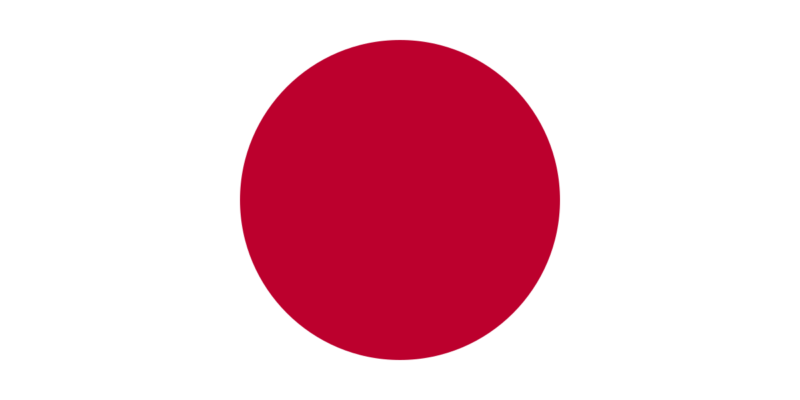Tokyo, Japan – February 27, 2025
In a stark and alarming prediction, Professor Hiroshi Yoshida, a leading demographic expert from Tohoku University’s Research Centre for Aged Economy and Society, has warned that Japan could become the first nation in the world to face extinction due to its persistently low birthrate. The statement, made amid growing concerns over the country’s shrinking population, has reignited debates about Japan’s demographic crisis and the urgent need for societal change.
Professor Yoshida’s chilling forecast is based on years of demographic simulations, which he has been conducting since 2012. His latest projections suggest that if current trends continue unchecked, Japan’s population could dwindle to just one child under the age of 14 by the year 2720 a mere 695 years from now. This dramatic decline, he argues, is accelerating, with a recent 2.3% drop in the number of children recorded in April 2024 pushing the timeline forward by a century compared to last year’s estimate.
“Japan may become the first country to become extinct due to a low birthrate,” Yoshida said in a recent statement, emphasizing the gravity of the situation. “Unless the decline in the number of births stops, the hands of the clock will never turn back.”
The warning comes as Japan grapples with a fertility rate that hit a record low of 1.20 in 2023 well below the 2.1 needed to sustain a population. In Tokyo, the rate has fallen even further, dipping below 1. Official figures released today by the health ministry reveal that the number of births in 2024 dropped to just 720,988, a 5% decrease from the previous year and the lowest since records began in 1899. Meanwhile, deaths reached an all-time high of 1.62 million, meaning the population is shrinking at an unprecedented rate.
Yoshida’s research is underscored by a “population clock” he developed, which tracks the real-time decline of Japan’s child population and estimates the year it could hypothetically reach just one. The clock, updated with data from the Ministry of Internal Affairs and Communications, serves as a visual reminder of the crisis, designed to spur public awareness and action. “By showing the numbers, I hope people will feel the urgency of this issue,” Yoshida has stated.
The roots of Japan’s demographic challenge are complex. Experts point to a combination of economic pressures, shifting social norms, and a lack of support for working families. “The number of young people who cannot get married or give birth due to low incomes has increased,” Yoshida told a local newspaper, highlighting how prolonged economic stagnation has left many unable to afford raising children. High living costs, coupled with demanding work cultures, have also discouraged marriage and parenthood, with a growing number of Japanese opting to remain single.
Government efforts to reverse the trend have so far fallen short. Initiatives such as subsidies for parents, improved childcare policies, and even a state-run dating app launched by the Tokyo metropolitan government in 2024 have failed to stem the decline. Prime Minister Shigeru Ishiba recently unveiled a ¥3.6 trillion childcare package, but births in 2024 still lagged far behind projections, raising doubts about the effectiveness of such measures.
The implications of this crisis extend far beyond population numbers. With a rapidly aging society over 27% of Japanese are now 65 or older the shrinking workforce struggles to support a growing elderly population. This imbalance threatens economic stability, as fewer workers contribute to taxes and social security systems face mounting pressure.
Yoshida’s warning has drawn attention from global figures, including billionaire Elon Musk, who tweeted in 2022 that “Japan will eventually cease to exist” unless its birthrate surpasses its death rate. While some dismiss such long-term projections as speculative, the immediate challenges are undeniable: a shrinking tax base, labor shortages, and an overburdened healthcare system.
To address the crisis, Yoshida advocates for sweeping social reforms, including greater gender equality, better work-life balance, and increased participation of women and the elderly in the workforce. “We should create an environment where everyone can play an active role,” he urged, suggesting that without such changes, Japan’s fate could serve as a cautionary tale for other aging nations.
As the country confronts this existential threat, the clock continues to tick. For now, Japan stands at a crossroads, with its future hanging in the balance and the world watching closely.









